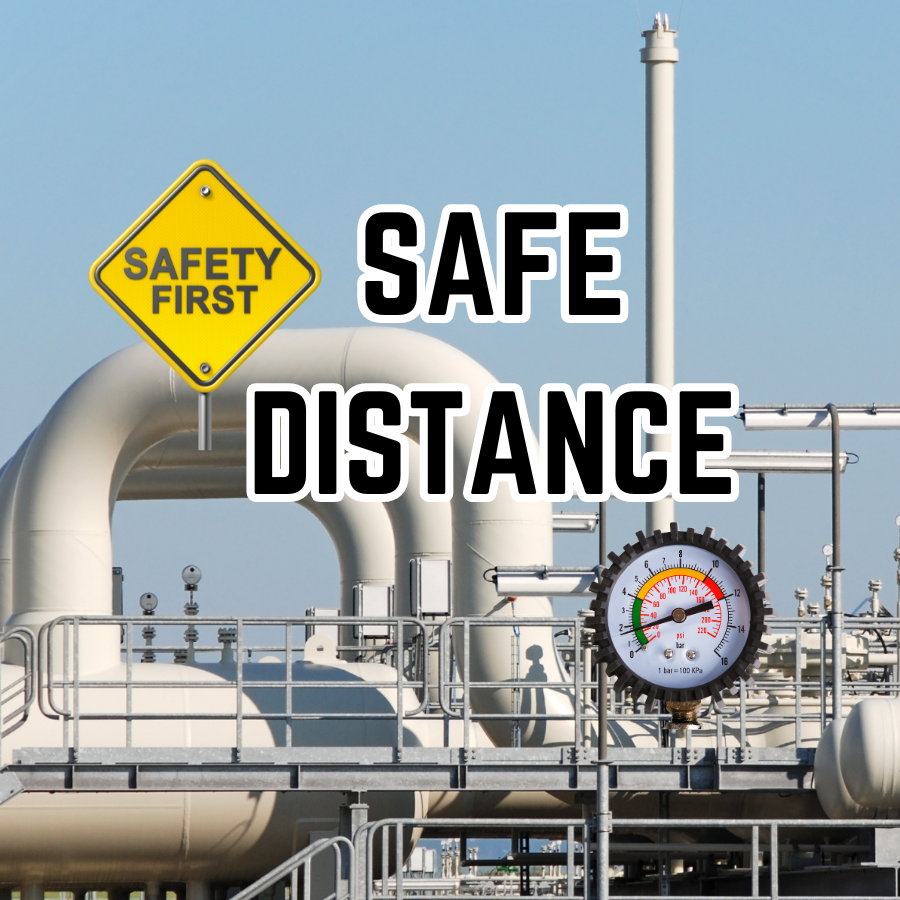Horizontal Vessel Piping Stress Analysis
Horizontal pressure vessels are widely employed in various industries, ranging from chemical processing to oil and gas storage. Ensuring the structural integrity and safety of piping systems connected to these vessels is paramount. Piping stress analysis for horizontal pressure vessels involves a meticulous examination of factors such as thermal expansion, internal pressure, and external loads to prevent failures and maintain the stability of the entire system.
Challenges in Piping Stress Analysis for Horizontal Pressure Vessels:
Horizontal pressure vessels present unique challenges compared to their vertical counterparts. The orientation of the vessel influences the distribution of stresses, and designers must carefully consider factors such as:
End Cap Stresses: The end caps of horizontal pressure vessels are subjected to additional stresses due to the weight of the vessel contents. Piping connected to these vessels needs to accommodate these stresses while ensuring proper support and alignment.
Thermal Expansion and Contraction: Thermal expansion in horizontal vessels can lead to different stress patterns than in vertical vessels. The analysis must account for the vessel's geometry, including its length and diameter, to accurately predict how thermal changes will affect the connected piping.
Wind and Seismic Loads: While vertical vessels primarily experience axial loads, horizontal vessels are more susceptible to lateral loads, such as wind or seismic forces. Piping stress analysis must consider these lateral loads to prevent issues like pipe buckling or misalignment.
Piping stress analysis for horizontal pressure vessels is a critical aspect of the design process, requiring careful consideration of unique challenges posed by the vessel's orientation. Engineers must address factors such as end cap stresses, thermal expansion, and lateral loads to ensure the stability and reliability of the entire system.
Let’s look at the thermal expansion behavior of horizontal vessel;
Horizontal Vessel consists of several nozzles, two saddles, and a manhole. Before we start piping stress analyses, we have to calculate the thermal expansion of each nozzle. For this, we need to assign a fixed saddle first. Fixed saddle should be assigned at the early stage of the project because of the fabrication should start as early as possible. General practice is assigning the saddle close to the main structure or pipe rack. But this depends on stress engineering requirements.
TYPICAL HORIZONTAL VESSEL
Vertical expansion of the vessel starts from the bottom of the vessel. The vessel’s expansion can be considered as radial expansion. The expansion of saddles can be ignored but if a more accurate assumption is required, the actual temperature distribution must be calculated.
The positions of the nozzles on horizontal pressure vessels are of great importance. If a nozzle is in the same place as a fixed saddle, this must be taken into account in the pipe design and pipe supports.
For example, as you see in the picture, the nozzle, and the fixed saddle are in the same position, and if I do place a guide on the subsequent support, the nozzle will interact with the guide support due to expansion, resulting in high stresses on the pipe or nozzle. This is why, we have to avoid placing a guide on subsequent support.
HORIZONTAL VESSEL PIPING
In another example, let's consider that the nozzle is located away from the fixed saddle. In this case, what needs to be done is to align the pipe design with the pressure vessel design.
This means that we should design the pipe support to be in line with the fixed saddle, and additionally, a stopper should be added to the support. This way, the pipe will exhibit the same behavior as the pressure vessel at the operating temperature, meaning it will expand.
HORIZONTAL VESSEL PIPING WITH STOPER
In this example, you see a different application of a nozzle that is aligned with the fixed saddle. This type of design allows for the more precise reduction of the high stress that will occur in the nozzle at elevated operating temperatures. The logic here is the same: the aim is to simulate the behaviors of the pipe and the pressure vessel.
“Liken your piping design with equipment behavior”
You can watch the video related to Horizontal Vessel Stress Analysis;
Piping Stress Analysis for Horizontal Pressure Vessel








This blog is intended as a guide to determining the minimum safe spacing of plants and equipment in Oil Refineries, Petrochemical Complexes, and similar installations.
The spacing recommendations will apply in the absence of Clients' standards or supplement such standards where necessary. They are based on current industry practice.
The spacing recommendations aim to ensure that available plot areas are used economically without affecting personnel safety or plant vulnerability.